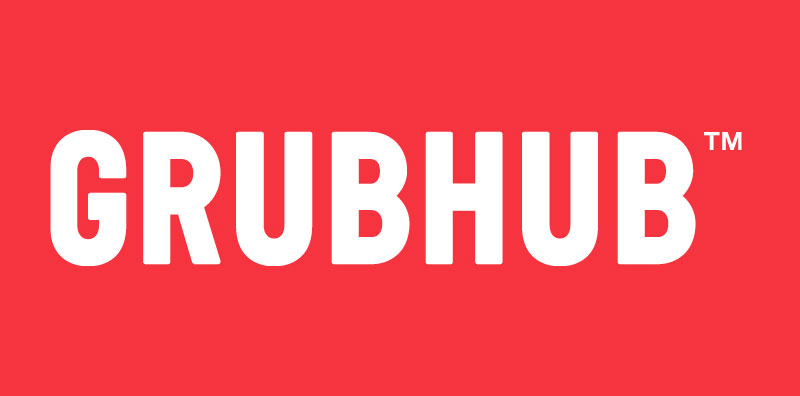Grubhub CEO Matt Maloney is apparently fed up with negative press and how some of the brand’s competitors are behaving. He addressed both topics during the second quarter earnings call earlier this week.
The Chicago-based company’s results were mixed. Grub posted a slight miss on revenue, but put up some impressive growth numbers. For more on the earnings, watch Food On Demand Editor Tom Kaiser discuss the quarter with Nicole Petallides by clicking the link below.
https://tdameritradenetwork.com/video/rB4AoWwxHNuBbEQ7XYgCJg
Toward the end of the call, Maloney took a moment to “set the record straight” on a handful of negative news reports and so-called hidden fees in third-party delivery.
First, he addressed articles that called out the company for allegedly deceptive practices around websites and phone numbers that funneled fees to Grubhub. He did not mince words.
“We wouldn’t be in business for over 20 years if it weren’t for our restaurant partners and any characterization that we are intentionally misleading or manipulating restaurants at their expense is patently false,” Maloney said.
Next, he addressed the practice of setting up phone numbers for restaurants which customers use to order delivery.
“Grubhub is a demand-gen platform and has always charged for phone orders, even before we invented the idea of digital takeout. We generate a unique phone number for each restaurant that provides its own delivery and this number is listed only on the Grubhub platform,” said Maloney.
He added that those phone numbers are for anything from calling about an allergy to calling in an order from the Grubhub app.
“In both of these instances, Grubhub is driving the order to a local restaurant so it should result in a billable order,” said Maloney. “While we strive to be accurate, we designed our system to be conservative and believe that we are fairly charging restaurants for the value we bring. However, we still allow restaurants to review telephone orders via their manager portal so we are completely transparent. We believe this is fair.”
The company has been accused of creating copycat websites, taking the restaurant’s domain name and building a new site to funnel orders to Grubhub. He said the legacy program did exist, but the media got it largely wrong.
“This is totally false. We historically created websites on behalf of restaurants to help them bolster their online presence and generate more branded orders without paying Grubhub’s full commission rates,” he said, calling the program a service to customers. “Years ago, when it was harder and more expensive for restaurants to maintain their own websites, this was a huge benefit of partnering with Grubhub—and like phone orders, it was explicit in our restaurant agreements.”
As for being called cyber squatters who buy up branded domains and ransom them, he said that was not at all accurate.
“To be clear, while registered by us, we never acquired ownership of the domain and the restaurants could always request that we transfer their domain to their control at any time,” said Maloney.
In both instances, he said, the orders generated from white label websites and phone calls represented “low single-digit percentage of our orders” and any complaints around them have been amplified by a very vocal minority of restaurants.
“I want to point out that none of these issues are having a measurable impact on our business,” he said. “As I said earlier, restaurant attrition has not changed. We are having more success signing up restaurants than we ever have.”
Finally, Maloney called out Grubhub’s competitors for being deceptive themselves when it came to fees, especially hidden or unadvertised fees.
“While it is well-known that online delivery has grown dramatically over the past several years, it is less known the diners on other third-party platforms are often paying 30 to 40 percent of the total order value in fees and markups on every transaction,” said Maloney. “I encourage anyone to do price comparisons with our platform, looking at the bottom line, total all-in cost for like-for-like orders.”
He said he has many conversations with people who think they’re getting free delivery, but don’t actually look at their overall cost even when using a subscription program for free delivery. He said this can persist for a while, but eventually diners will start paying attention.
“It’s clear that consumers will put up with price gouging in the short-term because of the novelty of being able to receive their favorite food without leaving their couches. But throughout time, consumers have proven to be savvy and they will look at their credit card statements and realize that in total, they are paying way too much for that burrito when there are lower-cost options for the same food from the same restaurants,” said Maloney. “This is why Grubhub is so focused on keeping diner fees as low as possible. It’s the best answer for all diners, restaurants and even drivers and the only answer for a long-term sustainable growth in this industry.”
Maloney then thanked the listeners on the earnings call for letting him “set the record straight.”


